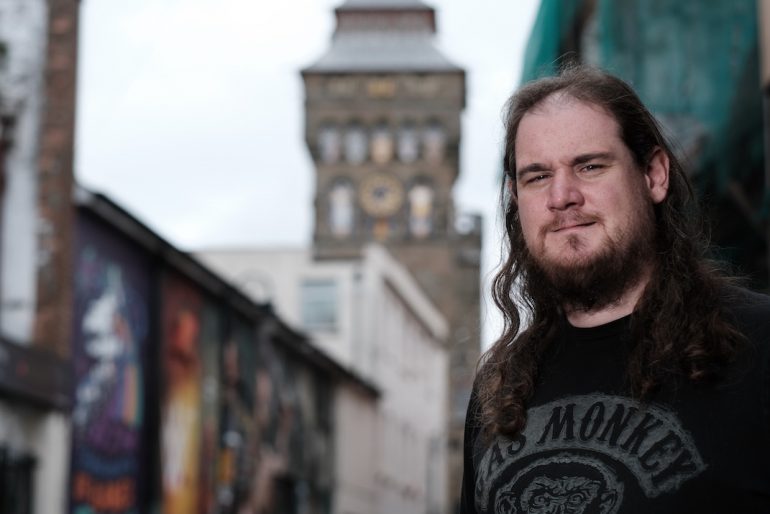‘I used to be one of those people who would never wear one because I thought it was uncool’
A MAN who suffered a traumatic brain injury after he was knocked off his bike without a helmet is warning others to wear one.
Tom Guy, 35, is used to going to gigs in the city centre, and had a self-professed “rock and roll lifestyle” before he was knocked off his bike just under a year ago.
“If it had gone just a little bit further, I may not have been able to have this conversation. Now I feel better — but I also feel like I am a different person,” he said.
In the crash, if it had gone just a little bit further, I may not have been able to have this conversation.”
Tom Guy, 35, traumatic brain injury survivor
Tom, who has lived in Cardiff his whole life, suffered a traumatic brain injury. He no longer works full-time and still has mobility and memory issues.
Now he wants young people to be aware of the risks associated with not wearing a helmet.
“When I was growing up I used to do BMX biking up big ramps at skateparks. Some of my friends growing up had consistent concussions from banging their head on the floor. Even with helmets.
“That does affect you. There are only so many blows to the head a human can take. Rugby players of course are also quite affected by this.
“I just had one big blow to the head but it is something I have been thinking about a lot. Even in sports like skateboarding — lots of skaters don’t think wearing a helmet is cool.
“People need to be aware of the dangers of head injury. I used to be one of those people who would never wear a helmet because I thought it was uncool.
“But the realisation of how close I was to not being here, or to needing round-the-clock care — that was scary.”
It is not cool to wear a helmet according to skateboard culture”
Jason Carpenter, Rampworld Cardiff
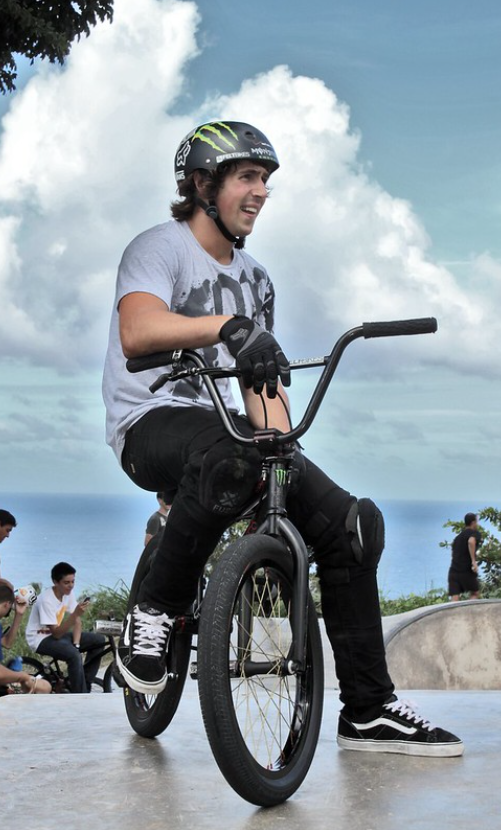
The wheeled sports community in Wales has long encouraged helmet-wearing. Emma Fairthorne started a helmet-wearing campaign for skateboarders back in 2016 after her daughter suffered a brain injury in a skateboarding accident.
Jason Carpenter, director of Rampworld Cardiff, an indoor centre for wheeled sports, says that skateboarders in particular have not yet caught up to the importance of wearing a helmet.
“It is not cool to wear a helmet according to skateboard culture. One of my close friends is a professional mountain biker, so he always wears a helmet when biking. But if he wears a helmet when skateboarding his friend all hit him on the head constantly! And street BMX riders are in the same territory as skateboarders,” he said.
“Most park BMX riders wear helmets as park freestyle is a high speed, high height thing.”
“There are two high profile ex professional BMX riders who have had life changing head injuries — Scotty Cranmer and Brett Benesawick — who went from being the best in the world to having to learn to walk again.
“Both were wearing helmets at the time of injury. So wearing a helmet is only a measure.”
‘We are still here — but different’
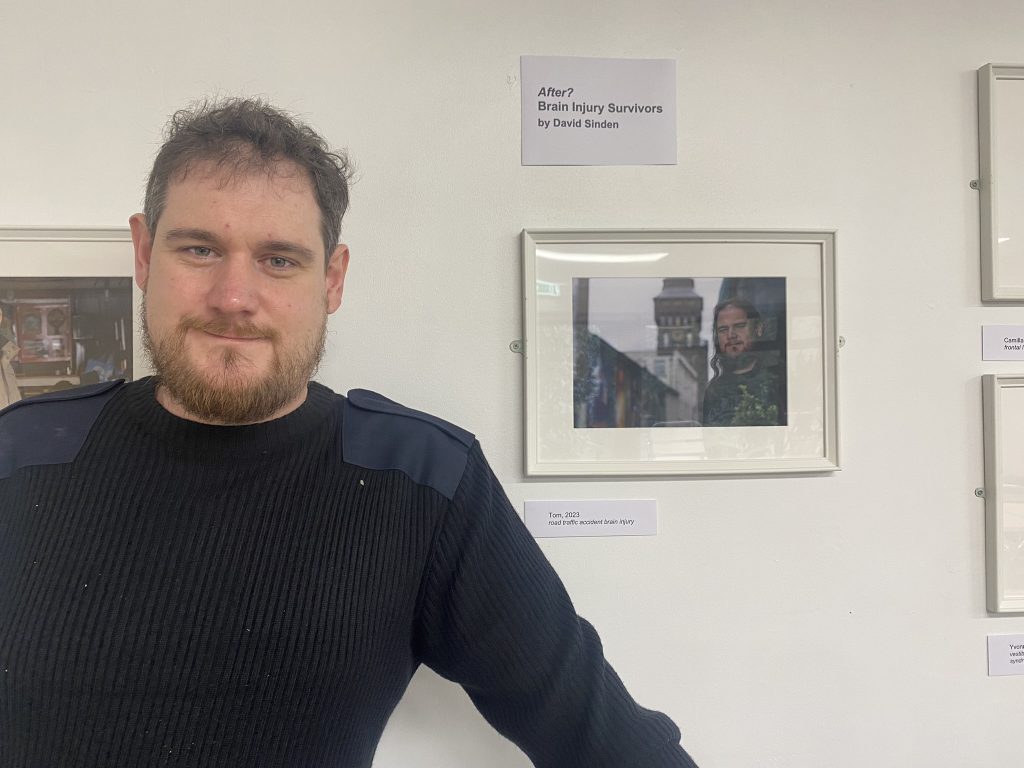
Tom says that meeting other brain injury survivors at groups led by acquired brain injury charity Headway at Pedal Power Pontcanna has helped him in his recovery.
“I am lucky to be recovering a lot better than a lot of people. But I also know that there is going to be someone who comes here who has suffered a brain injury and who just thinks ‘I do not know what is going to happen to me’.
“I come along here so I can greet them. It is not the end of the world.”
I am so grateful for everything I have. Particularly for my loving family and my cat.
Tom Guy, 35, traumatic brain injury survivor
Tom splits his time between volunteering in Grangetown and Headway’s weekly meetings for acquired brain injury survivors. He says he still suffers from “survivor’s guilt” after a friend died last year.
“I kind of felt like I had been through everything I had been through after my injury, and then that happened. I sometimes feel like it should have been me.”
Tom is thankful for all the support he has received.
“I am so grateful for everything I have — particularly for my loving family and my cat.”

As part of a new photographic exhibition on brain injury survivors, Tom had his portrait taken on St Mary Street, one of the key areas in Cardiff for music, as a reference to his love of gigs.
For over 20 years, photographer David Sinden has been photographing brain injury survivors in locations which have a significant personal meaning to them. Now he has an exhibition called After? at Pedal Power Pontcanna.
David, from Penarth, experienced a brain hemorrhage over 20 years ago while cycling in Brighton with his son. His exhibition is on display until April 13 and some of the portraits are available to view online.
David’s subjects are often friends he has made through the Headway meetings, or people he already knew including Penarth-based artist Ivor Davies MBE.
“He is usually a larger-than-life character, so I like that his portrait offers a different, quieter image of him,” David said.
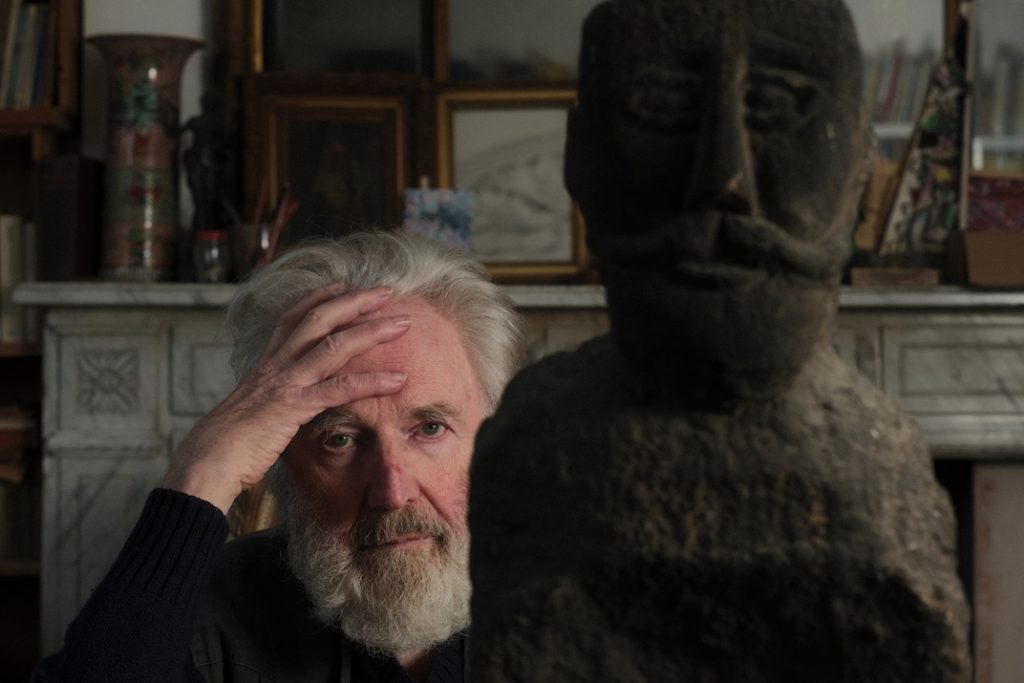
“We are thrilled to be able to display this exhibition in the cafe,” said Gabe Taylor, engagement officer for Pedal Power.
“It is for survivors, family, friends and others to come, sit and reflect on these incredible people and their stories.”
The consequences of brain injuries are complex and survivors experience a range of short and long-term symptoms. David was in hospital for about five months and suffered temporary blindness alongside other cognitive side effects.
“The gruesome detail, which I admit I quite like to talk about, is that one of the immediate effects of a brain hemorrhage is a massive build up of pressure, so that meant blood squirted out of my eyeballs!
I tried going back to work and it was a disaster! My memory was really bad. I was all at sea.
David Sinden, photographer and brain hemorrhage survivor
“Almost all the tools they used at the time to help people with brain injuries recover were visual based, so that made it difficult.
“I then had an operation to restore my eyesight. It was a dramatic ‘I can finally see’ moment!”
Brain injury survivors like David often struggle to return to full-time work.
“Brain injury can affect absolutely everything about a person, both physically and mentally,” said Rebecca Pearce, chief executive of Headway Cardiff and South Wales.
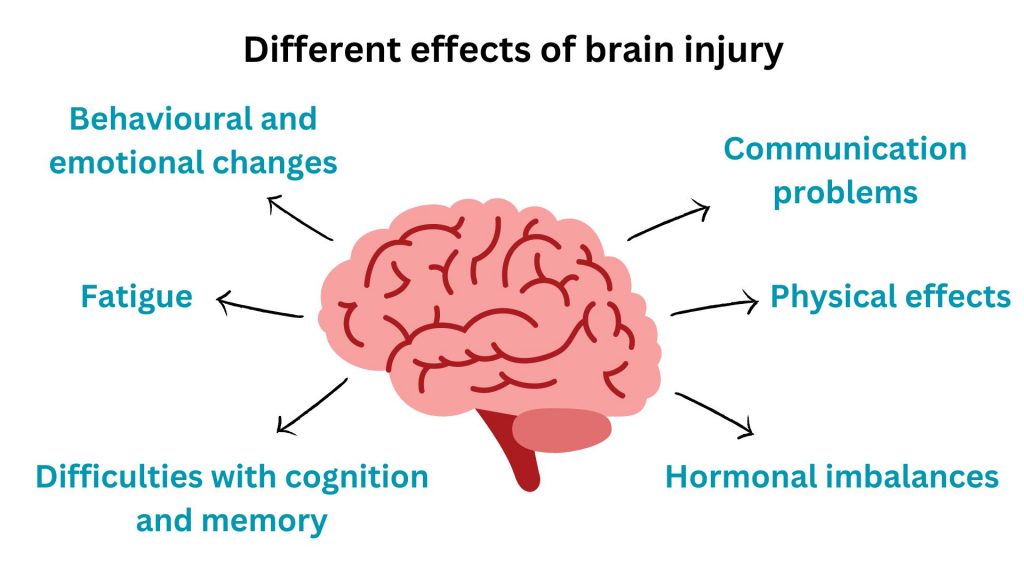
“I tried going back to work and it was disaster! My memory was really bad,” said David.
“I was all at sea. I tried a couple of things and then I thought maybe I should just go take some pictures.”
“I desperately wanted to talk about the experience I had been through, so I found other people who had had brain injuries who also wanted to talk about it.
“For brain injury survivors it is really important to somehow provide a statement that you exist — you have had this experience, you are visible, you are here. Because your life is turned upside down.
“Having a portrait as someone who has survived this experience now living a life being fulfilled and being active, it is a real marker and testament. It says we are still here — but different.”
Support for survivors
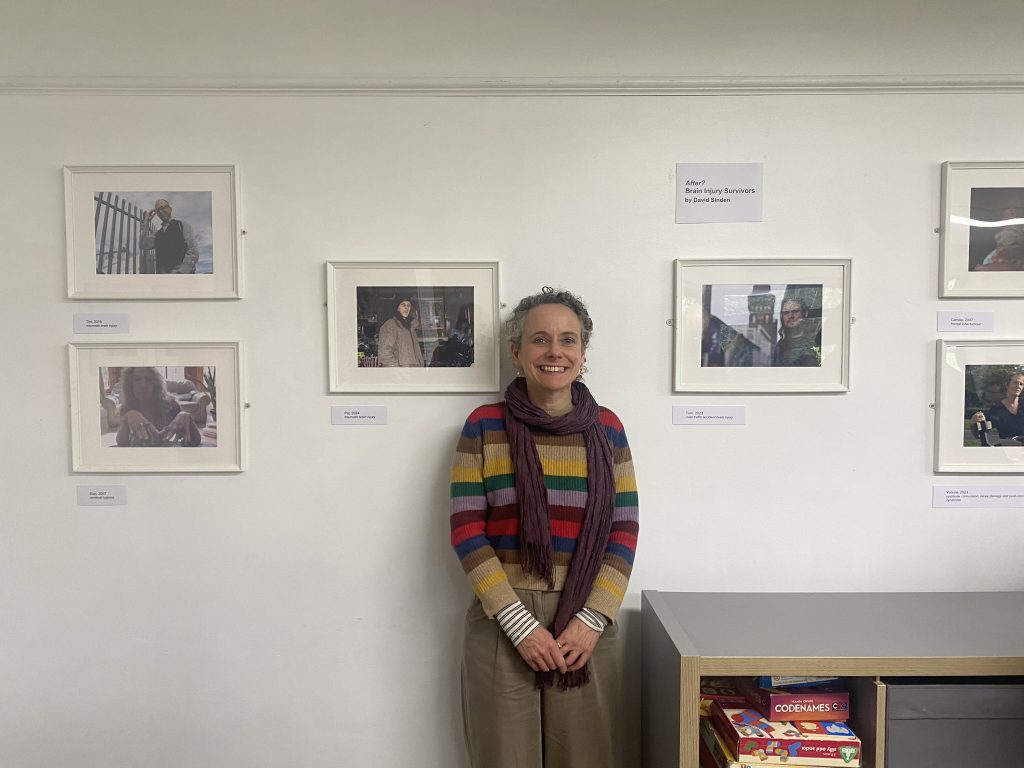
Headway Cardiff and South Wales runs lots of events to help people with acquired brain injuries find a community.
“We have been running the group from Pedal Power for at least 10 years. People can feel quite isolated after a brain injury, so this means they can meet other people who have been in a similar situation to them,” said Rebecca Pearce.
“Our members are very good at supporting each other and talking about how they have coped with similar difficulties. There is a lot of laughter in the group.
“Brain injury is often quite hidden. People can have certain physical signs they have had a brain injury but these can be very subtle.”
Headway fears some of its community groups may be forced to close, after its appeal for the Chancellor to allocate more funding to address the long-term effects of acquired brain injuries was ignored.


